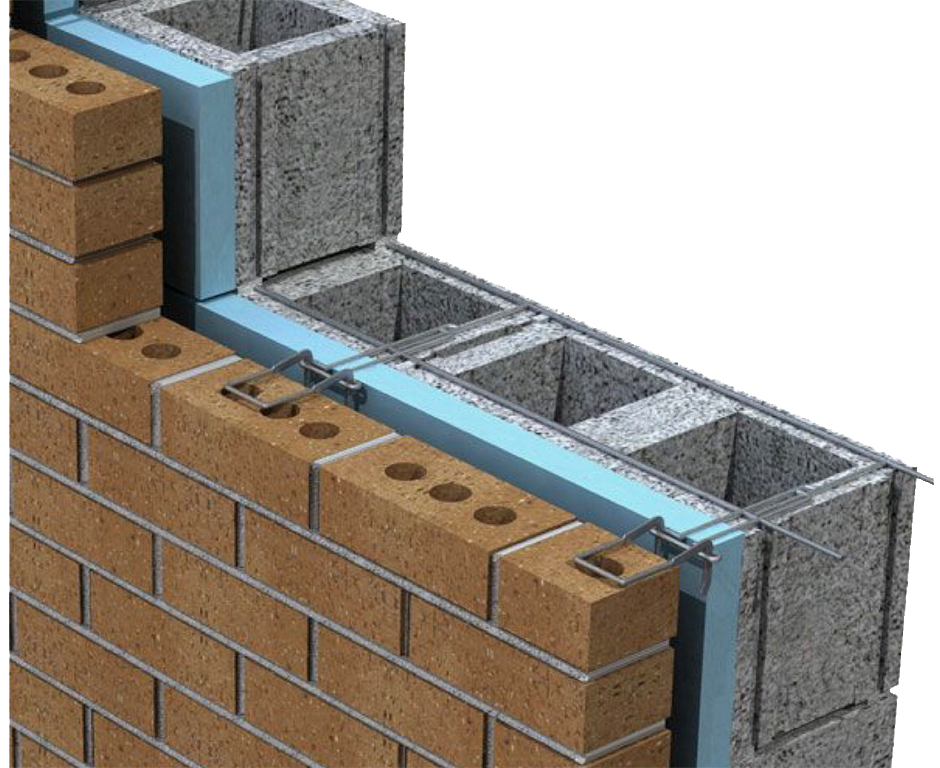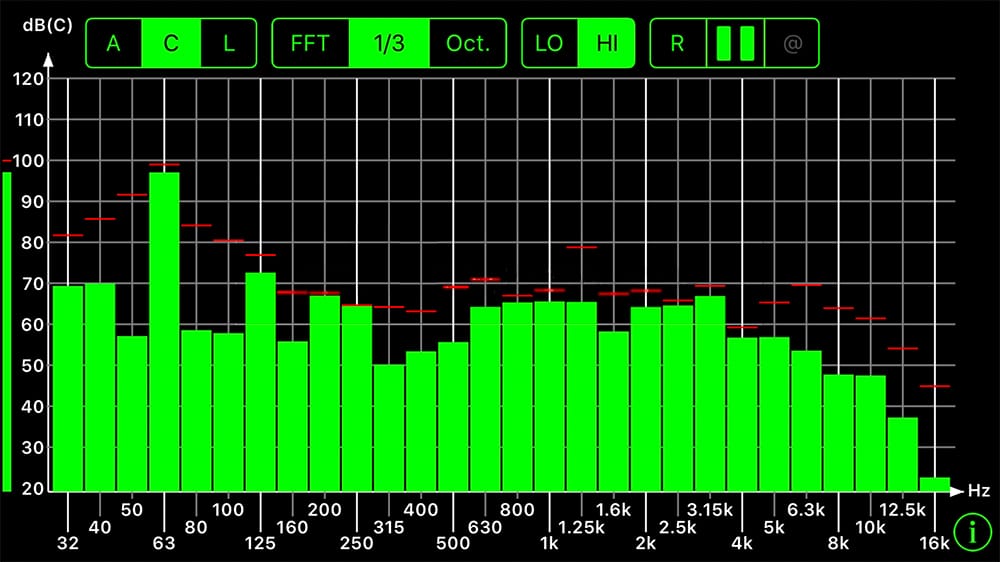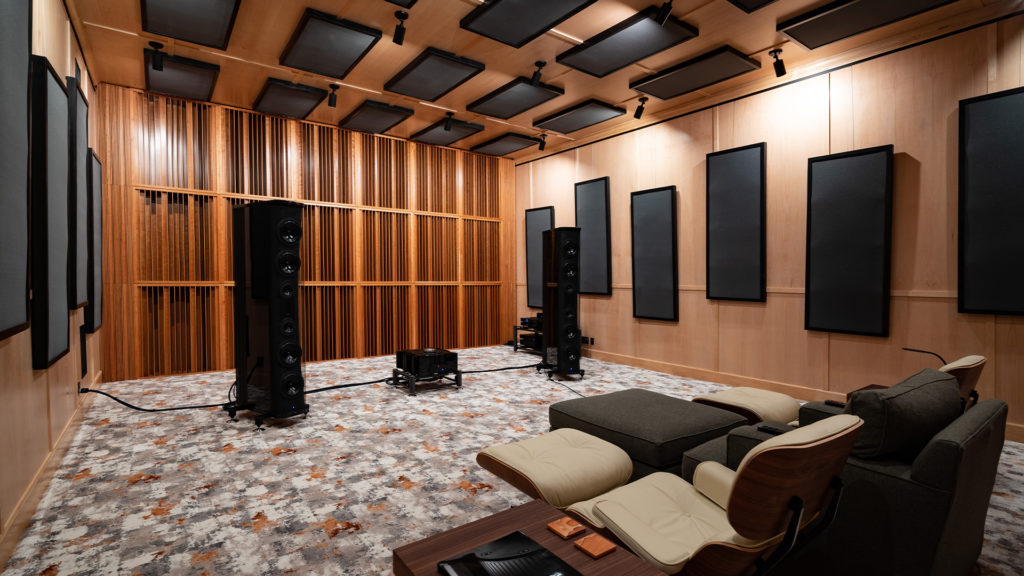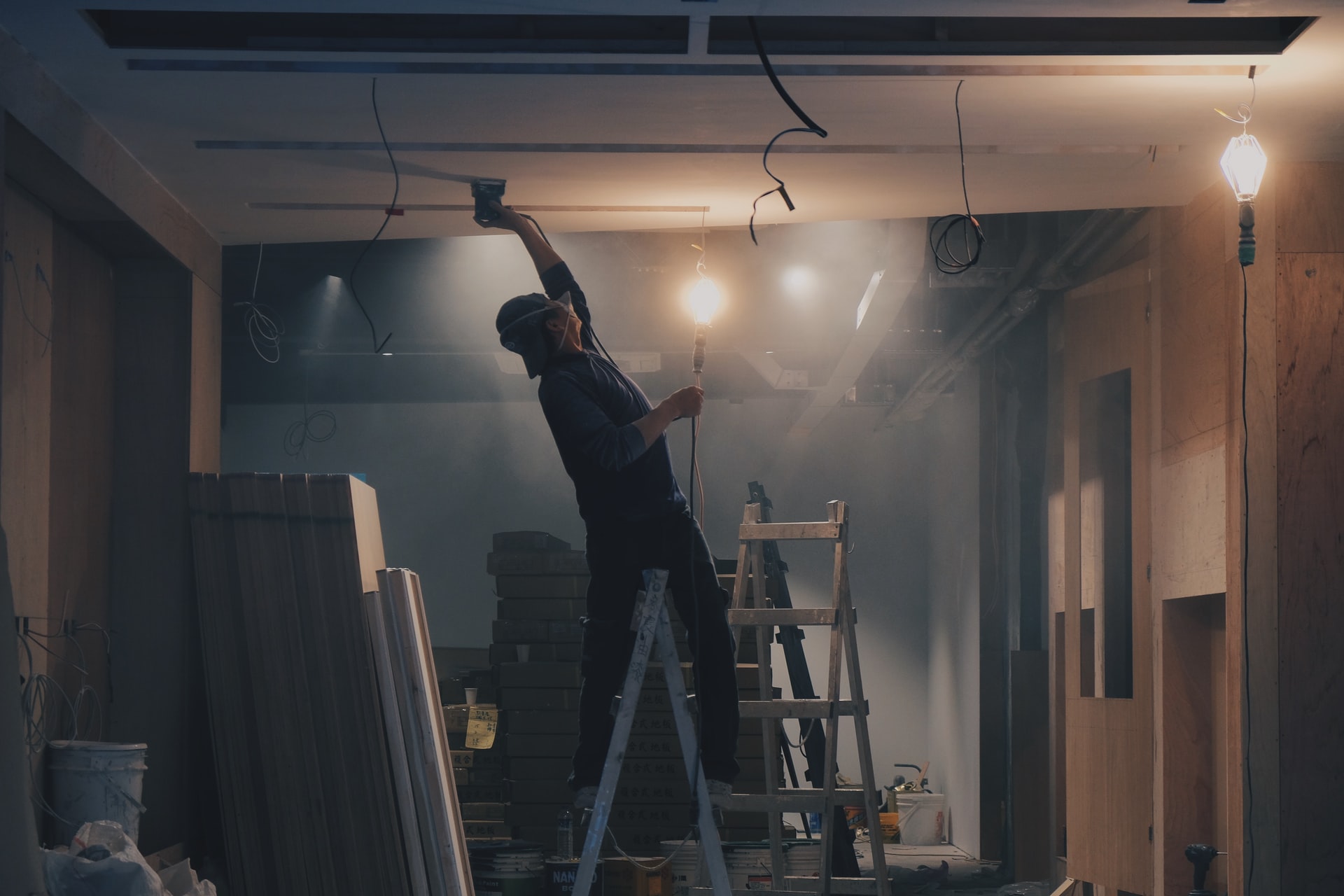Apartments are always an issue when it comes to noise transmission. The construction materials and methods of today are not designed with any noise mitigation in mind when they are designed or built. We get calls everyday from people who ask about how to soundproof apartment ceilings. Let’s back up a bit and define some terms, so we can have effective communication without the noise of misunderstanding. There is no such thing as sound proofing. There is sound management but no “proofing” Noise transmission is managed to reduce the strength of the noise so it does not interfere with the usage within our rooms. We want to lower the noise below the levels that are occurring within the room usage so the noise does not mix with the room usage. In apartments, we do not want to hear our neighbors stereo or the footsteps across the ceiling from the apartment upstairs. What can we do to soundproof apartment ceilings?

In order to stop noise transmission from the apartment above, we need to use a barrier. A barrier is designed to block the transmission of noise from a noise source such as people walking above. https://www.in.gov/indot/files/Noise-Barriers-Brochure.pdf Unfortunately, this is a permanent construction situation and most apartment complexes will not allow you to physically alter the existing structure. The next step is to treat the floor above where the noise source begins. This may or may not be an option depending on the tenants above and the landlord’s willingness to address the issue. You could also talk with the tenants upstairs about reducing the noise at the source. Most people we speak with that have tried this method report that it works for awhile but never lasts especially if there are children involved. A soundproof apartment ceiling is hard to find and the barrier remedies are expensive and require a permanent construction solution. To deal with any noise issue, we must first measure the frequency and amplitude of all noise issues.
At Acoustic Fields, we have a noise measuring process that you can use with your cell phone. You download our apps to your phone and then take the noise measurements over a seven day time period. We use seven days so we get a complete picture of the noise issues. Some days may produce more noise transmission than other days. We need to document the minimum and maximum pressure levels throughout the week. We will take measurements at the quietest part of each day and the loudest part. The apps are easy to use and once you have the noise measurements, you can then record your findings on our online data sheet. You will then send us the data sheet and we will design the barrier technology that you can build yourself using a DIY approach or submit to a contractor for a bid.

Noise that enters or leaves the room can be 5-6 times as costly as the treatment inside the room. For the treatment inside the room, we have two options. We have absorption and diffusion. Absorption is used for all of the frequencies of concern. Absorption addresses low, middle, and high frequency energy throughout the room. People falsely think that you can use sound absorption technologies when it comes to noise transmission issues. This is a common perception but totally false. Noise is transmitted through structures such as walls, floors, and ceilings. Absorbing noise once it gets into the room is not effective in reducing the transmission of that noise into the room itself. Hanging sound absorption panels within your room to absorb noise will never work the way you think. Noise must be stopped by building a barrier. No wall hanging panel will stop the early morning garbage truck from waking you up or setting off car alarms as it moves down the street.

Sound absorption and diffusion technologies are for treating the sound that stays within our rooms. The sound can be music or voice. We break the frequency range of these two sources into two main categories. We have low-frequency and then we have middle and high frequency energy. Low-frequency energy is any energy below 100 Hz. Middle and high frequency energy is any energy above 100 Hz. Both energy types require special treatments. https://www.acousticfields.com/product/foam-ladder/ You can not use low-frequency sound absorption technology for middle and high frequencies just like you can not use middle and high frequency sound absorption technologies for low-frequencies. Every frequency issue has its own treatment types that are designed for their particular frequency ranges. Low-frequency absorption uses more space and the treatment types are heavier when compared to middle and high frequency absorption technologies and take up much more space across the wall surfaces. https://www.acousticfields.com/product/acda-10-activated-carbon-diaphragmatic-absorber/








The discussion on ductwork noise transmission from Acoustic Fields highlights crucial aspects of HVAC system acoustics. The movement of air…
Great build plans. thank you Denis
You must use absorption. Never place a chair against a wall.
A friend and I built several diffusors using these plans and they turned out absolutely beautiful. Very good instructions and…